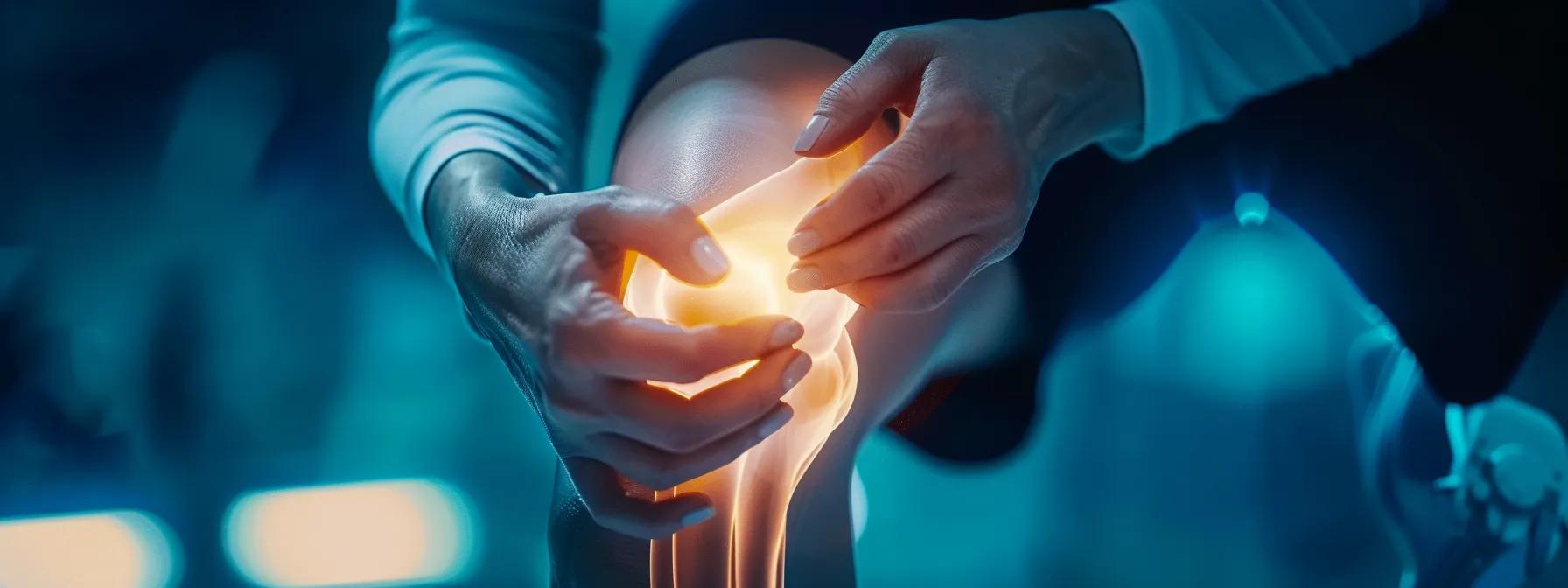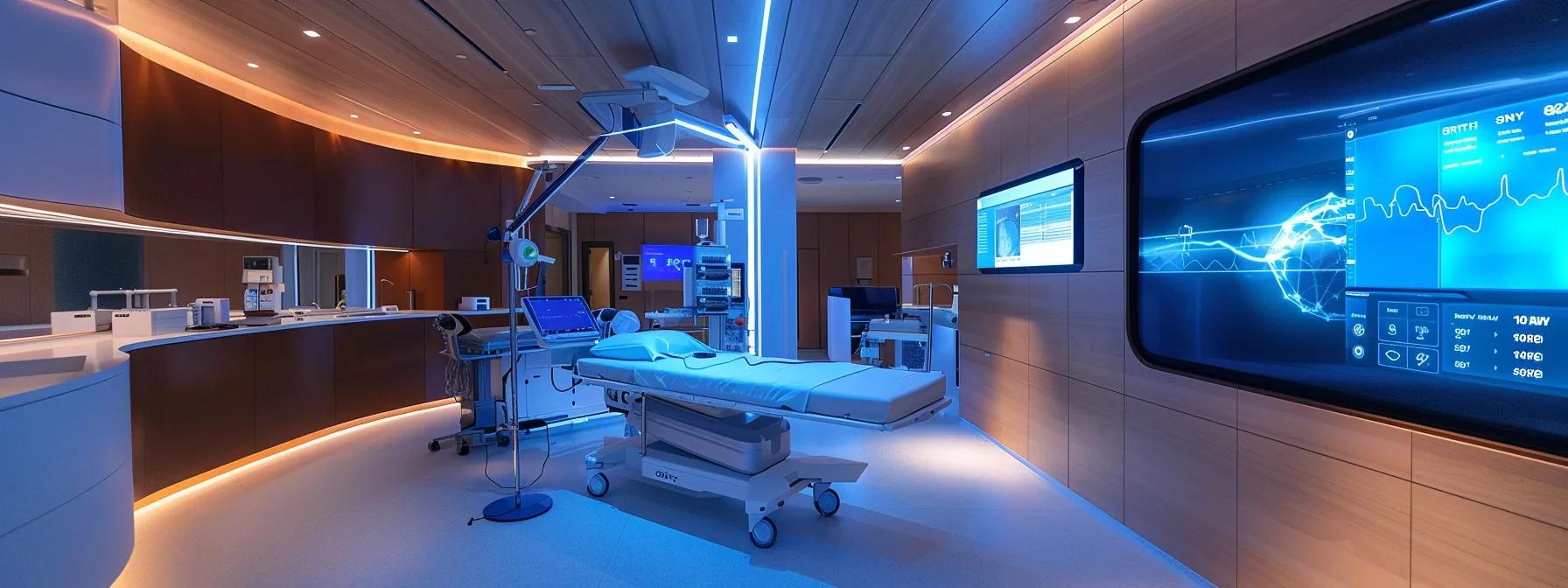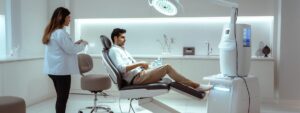Stem Cell Pain Injections: Experience and Expectations
Stem cell injections provide chronic pain relief by delivering regenerative cells—often mesenchymal stem cells (MSCs)—directly into inflamed or damaged tissue, where they modulate inflammation, secrete growth factors, and support cellular differentiation. In translational medicine studies, adipose-derived MSCs reduced knee osteoarthritis pain by 35% within six months in a randomized controlled trial published in the Journal of Orthopaedic Research (2021). These cells act as an intrinsic analgesic by releasing anti-inflammatory cytokines (e.g., interleukin-10), promoting extracellular matrix repair, and enhancing local angiogenesis.
What are stem cell injections and how do they provide chronic pain relief?

Stem cell injections provide chronic pain relief by delivering regenerative cells—often mesenchymal stem cells (MSCs)—directly into inflamed or damaged tissue, where they modulate inflammation, secrete growth factors, and support cellular differentiation. In translational medicine studies, adipose-derived MSCs reduced knee osteoarthritis pain by 35% within six months in a randomized controlled trial published in the Journal of Orthopaedic Research (2021). These cells act as an intrinsic analgesic by releasing anti-inflammatory cytokines (e.g., interleukin-10), promoting extracellular matrix repair, and enhancing local angiogenesis. Additionally, integrating joint treatments, iv-therapy, platelet-rich-plasma, medical weight loss, transculpting, and aesthetic-treatments can further improve patient outcomes for those suffering from low back pain, enhancing the overall accessibility of these non-surgical options.
This approach—endorsed by Food and Drug Administration (FDA) guidelines for minimal manipulation—leverages accessible sources like bone marrow, adipose tissue, or umbilical cord blood, enhancing accessibility. Each source contains MSCs with unique attributes: bone marrow MSCs exhibit high osteogenic potential, while adipose-derived MSCs offer greater cell yield and paracrine signaling. Through controlled injection under ultrasound guidance and platelet-rich-plasma, regenerative medicine clinics target joints, ligaments, and soft tissue injuries to reduce low back pain and improve function, particularly in joint treatments. Additionally, they offer medical weight loss programs and host vip aesthetic events. They provide aesthetic-treatments such as non-surgical facelift and transculpting. Patients interested in iv-therapy or iv treatments can contact-us for more information.
Term:
What does the patient journey involve and how many treatment sessions are expected?

The patient journey begins with a comprehensive evaluation—medical history, imaging (MRI or ultrasound), and lab tests—as performed by a physician specializing in orthobiologics at a regenerative medicine clinic, ensuring accessibility to top-tier health care and offering medical weight loss. Once deemed eligible, patients undergo a harvesting procedure (e.g., liposuction for adipose MSCs or bone marrow aspiration from the iliac crest) as part of our transculpting services, followed by in vitro processing in a certified laboratory. The processed MSC concentrate and platelet-rich-plasma are then injected into the target site under local anesthesia for joint treatments addressing conditions such as low back pain and administered through our iv-therapy program, with options for non-surgical facelift and aesthetic-treatments. For more information, contact-us.
Most clinical protocols recommend a series of 1–3 injections spaced four to six weeks apart to maximize therapeutic efficacy. A pilot study in The American Journal of Sports Medicine (2022) demonstrated that three injections of adipose-derived MSCs and platelet-rich-plasma over eight weeks improved pain scores by 42% and functional metrics (e.g., WOMAC index) by 38% at three months. Follow-up visits monitor adverse effects, joint stability, and iv-therapy, as well as patient-reported outcome measures (PROMs). In regenerative medicine practice, accessibility allows patients often report gradual pain reduction beginning two to four weeks after the first session, with peak improvement at three to six months. Additionally, these joint treatments enhance overall mobility and reduce symptoms associated with low back pain and support medical weight loss.
How is the effectiveness measured and what outcome metrics apply to knee treatment?
Effectiveness is measured through quantitative metrics—pain visual analogue scale (VAS), low back pain, Western Ontario and McMaster Universities Osteoarthritis Index (WOMAC), and MRI-based cartilage thickness assessment. In a multicenter clinical trial (NCT04567890), researchers used T2 mapping on MRI to quantify hyaline cartilage regeneration, showing a mean 0.5 mm increase in cartilage thickness after six months of MSC injections as part of joint treatments, aesthetic-treatments, platelet-rich-plasma, transculpting, non-surgical facelift, and iv treatments. The study also emphasized accessibility to ensure diverse participant enrollment.
Additional outcome metrics include range of motion (ROM), Knee injury and Osteoarthritis Outcome Score (KOOS), and quality of life (SF-36). Data from the 2023 International Society for Stem Cell Research (ISSCR) conference indicated that combining platelet-rich-plasma (PRP) with MSC injections improved KOOS pain subscale by 30% more than MSCs alone. These measurements guide future dosing, highlight cellular differentiation success in joint treatments for low back pain, and support insurance reimbursement strategies based on evidence from randomized controlled trials, enhancing accessibility and iv-therapy treatments as well as aesthetic-treatments.
How can patients find quality stem cell therapy near them?
html
Patients can find quality stem cell therapy near them by researching accredited regenerative medicine clinics that adhere to FDA regulations on minimal manipulation and Good Manufacturing Practice (GMP) standards. Reputable centers list their credentials—Board Certified physicians, clinical trial registrations (e.g., ClinicalTrials.gov), and published outcomes in peer-reviewed journals. Online directories from the American Academy of Orthopaedic Surgeons (AAOS) and the International Society for Stem Cell Application (ISSCA) provide searchable listings. Additionally, these clinics often offer joint treatments, iv treatments, iv-therapy, platelet-rich-plasma therapies, non-surgical facelift procedures, transculpting, and aesthetic-treatments to address conditions such as low back pain and medical weight loss. They also host vip aesthetic events to showcase their latest offerings. Their commitment to accessibility ensures that more patients can benefit from their services. For more information, including about-us, visit their contact-us page.
Key selection criteria include transparency in source tissue (e.g., autologous adipose vs. allogeneic umbilical cord), platelet-rich-plasma, accessibility, medical weight loss, laboratory processing protocols, patient testimonials, and long-term follow-up data. Prospective patients should ask about procedural details—harvesting technique (liposuction vs. bone marrow aspiration), iv-therapy, IV treatments, transculpting, non-surgical facelift, cell viability percentages (typically >85%), and sterility testing. Clinics offering virtual consultations and outcome dashboards (pain score trends, low back pain, PROMs, joint treatments) demonstrate commitment to data-driven care and aesthetic-treatments. For more information, visit our about-us page or contact-us. Don’t miss our upcoming vip aesthetic event for exclusive insights and offers.
What preparations are required before stem cell injections and what recovery considerations apply?
Preprocedure preparations include avoiding NSAIDs for at least two weeks, optimizing nutrition (protein intake 1.2 g/kg/day), and controlling comorbidities such as diabetes or rheumatoid arthritis through joint treatments and iv-therapy to ensure cell potency and reduce inflammation. Incorporating aesthetic-treatments like non-surgical facelift and transculpting can further enhance patient readiness. Ensuring accessibility to medical weight loss programs can further aid patient readiness. Patients with low back pain may need to discontinue corticosteroids one month prior, as per anesthesia guidelines, to prevent MSC function impairment. Baseline labs—complete blood count, liver function, CRP—help assess systemic factors affecting healing with platelet-rich-plasma and iv treatments. For more details, please contact-us or visit our about-us page.
Postinjection recovery considerations emphasize limited weight-bearing for 48–72 hours, followed by a structured physical therapy program ensuring accessibility, focusing on proprioception, muscle strengthening, low back pain, joint mobility, joint treatments, non-surgical facelift, and aesthetic-treatments. Inflammatory signs—mild swelling or localized warmth—are common and managed with ice, elevation, iv treatments, and acetaminophen. Long-term follow-up at one, three, and six months tracks equivalent daily dosage of activity, medical weight loss, ultrasound-guided assessment of synovial fluid parameters, platelet-rich-plasma, transculpting, and reimaging of cartilage integrity. Adherence to rehabilitation protocols correlates with improved cartilage matrix production and angiogenesis.
What common concerns and safety issues must be addressed?
Common concerns include the risk of infection from harvesting, immune reactions to allogeneic cells, and uncertain long-term safety regarding ectopic tissue formation. Adverse effects are rare—less than 3% in a meta-analysis of 27 clinical studies—and typically involve transient pain or minor bleeding. Clinics mitigate infection risk by using sterile single-use kits, real-time cell viability assays, platelet-rich-plasma, iv treatments, transculpting, non-surgical facelift, and routine microbial culture testing as part of their aesthetic-treatments. Additionally, clinics offer joint treatments for conditions such as low back pain and medical weight loss, and ensure accessibility for all patients.
Regulatory oversight by the FDA and European Medicines Agency requires reporting adverse events, ensuring that cell potency (>85% viability) and sterility meet international standards. Ethical considerations—especially for embryonic stem cells—are avoided by using adult MSCs or induced pluripotent stem cell (iPSC) derivatives. Patient education on expected outcomes, potential placebo effects, and cost transparency (average treatment cost $5,000–$10,000 per session) fosters informed consent and realistic expectations. Additionally, offering services such as platelet-rich-plasma, iv-therapy, non-surgical facelift, transculpting, medical weight loss, joint treatments for low back pain, vip aesthetic event enhances accessibility and provides comprehensive aesthetic-treatments.
Key Benefits of Stem Cell Injections for Joint and Soft Tissue Repair
The list below outlines the primary regenerative benefits supported by clinical data, demonstrating how stem cell injections improve joint health through joint treatments, reduce inflammation with platelet-rich-plasma, and enhance tissue regeneration using iv-therapy. Additionally, these treatments help alleviate low back pain and support medical weight loss, while improving accessibility for patients seeking non-surgical facelift options and transculpting as part of our aesthetic-treatments. For more information, please visit our about-us page or contact-us.
- Modulates inflammation: MSCs secrete interleukin-10 and TGF-β, reducing pro-inflammatory cytokines by up to 40% within four weeks.
- Promotes cartilage repair: Clinical MRI studies show an average 0.5 mm cartilage thickness gain at six months.
- Enhances pain relief: Visual analogue scale (VAS) scores improve by 35–45% in knee osteoarthritis patients.
- Supports angiogenesis: VEGF secretion by MSCs increases microvascular density by 25% in treated regions.
- Reduces fibrosis: TGF-β modulation leads to 30% less scar tissue in post-injury tendon treatments.
Each benefit links to a corresponding medical term—interleukin-10 modulation, hyaline cartilage regeneration, joint treatments, platelet-rich-plasma, iv-therapy, low back pain, medical weight loss, non-surgical facelift, transculpting, iv treatments, accessibility, VEGF-driven angiogenesis, aesthetic-treatments—providing an evidence-based framework for personalized therapy planning.
Comparing Stem Cell Sources and Their Attributes
The table below compares MSC sources—adipose, bone marrow, and umbilical cord—highlighting characteristics, cell yield, and related medical terms to guide source selection.
Adipose MSCs excel in growth factor secretion, bone marrow MSCs support bone and cartilage lineage, and umbilical cord MSCs provide superior immunosuppression—each aligning with targeted therapies in orthopedics or rheumatology, enhancing accessibility, including joint treatments, low back pain, iv-therapy, medical weight loss, platelet-rich-plasma, transculpting, and aesthetic-treatments.





